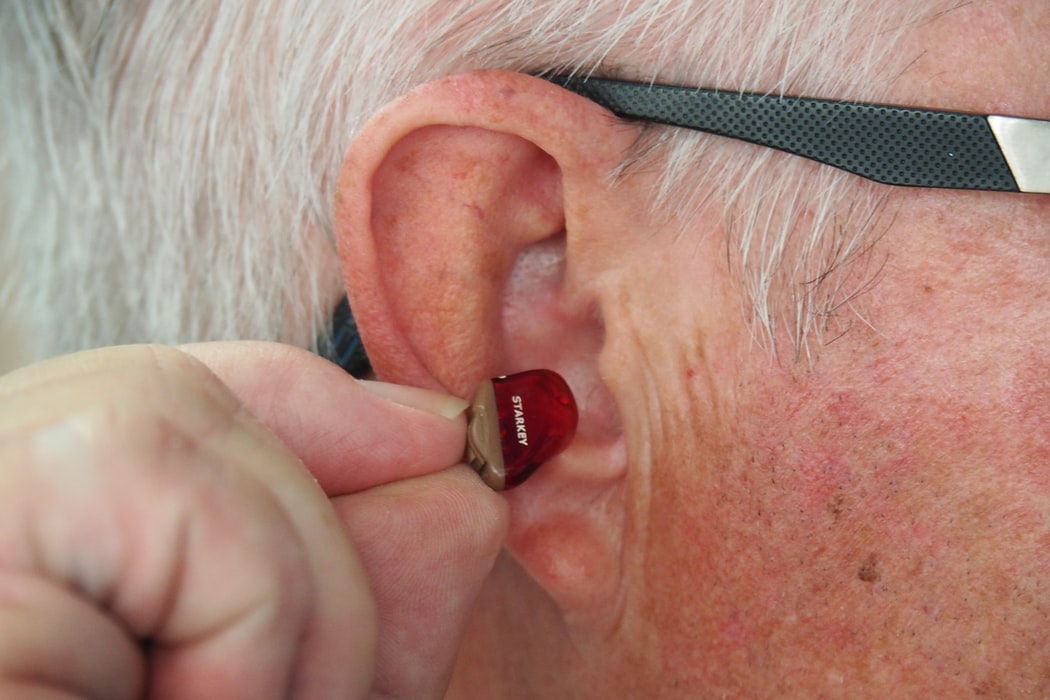Hearing loss can be a challenge for both you and your family. The decision to get a hearing aid to help overcome the issues associated with hearing loss is a big one. Hearing aids can help improve your hearing and speech perception. It’s important to understand that hearing aids won’t restore your hearing. Instead, they amplify sounds around you, improving your ability to hear sounds in your environment. Oro Valley Audiology offers a variety of hearing aids to suit your needs.
There are several different types of hearing aids available for older individuals. Finding the most suitable one for you may take a little time. It’s natural to feel intimidated by the choice. However, choosing the best affordable hearing aid is vital because it will improve your ability to hear and communicate with your loved ones. Our guide will help you determine the right hearing aid for you.
Types of Hearing Aids
There are various hearing aid types, each with a unique design and built to improve hearing impairments. Your personal preferences and condition will determine the right hearing aid for you.
1. Behind-the-ear (BTE)
Ideal for people with more severe hearing loss, they fit snug behind the ear and are connected with a clear tube to an earpiece that sits in your ear canal. While they are not as discreet as other types, they are powerful and have long battery life. Another advantage is they are not as prone to moisture damage or ear wax. Manufacturers offer various colours of the device so you can pick one that you like.
2. In-the-ear (ITE)
Hearing aid types that fit right inside the ear are more discreet, but you’ll need to get the right size for your ear canal. With no external wires or tubes, these affordable hearing aids are a good fit for any degree of hearing impairment. However, they may be more likely to pick up wind noise, which can be distracting. Additionally, ITE aids are more likely to be damaged from moisture or ear wax.
3. Receiver-in-the-ear (RITE)
These types of hearing aids are smaller than traditional BTE ones. The RITE model sits behind the ear and has a thin wire that connects to a receiver, which sits in the ear. While they are smaller, the receiver sitting in the ear makes it susceptible to damage from moisture or ear wax. However, the device can be easily exchanged for a new one. So, if you are careful, you’ll be able to avoid this issue.
4. In-the-canal (ITC)
For a more customized fit, you could go for an ITC type of hearing aid. These devices fit into the lower third of your ear. It offers you longer battery life, wireless streaming, and a directional microphone. The benefits of a directional mic are that it enhances sounds like speech while reducing background noise.
5. Completely-in-canal (CIC)
Discreet and customized to fit your ear, a CIC type is largely invisible to others. It also allows for a button that allows you to adjust the settings for different environments manually. However, you’ll need to take special care with ventilation for the CIC type of hearing aid as its location in the ear canal puts it at a higher risk of damage from moisture or ear wax.
How do Hearing Aids Work?
As you consider what type of hearing aid might be right for you, it can be useful to understand just how the device works.
There are three main parts to a hearing aid:
- Microphone – catches the sound, turns it into a digital signal, and sends the signal to the amplifier.
- Amplifier – increases the intensity of the digital signal and sends it along to the speaker.
- Finally, Speaker – sends the signal/sound to the ear.
One of the benefits of modern digital hearing aids is reducing background noise and amplifying important sounds, such as voices.
Another benefit is that a digital hearing aid can be custom-made for individuals. Once a hearing test is completed, a hearing aid can be programmed to assist the type and pattern of hearing loss that the test identified.
How to Pick the Right Hearing Aid Type for Seniors
There are several things to keep in mind when you are trying to pick the best type of hearing aid, such as:
- Compare the available hearing aid styles – select a hearing aid type that has a look and design that you like.
- Select one with rechargeable batteries – changing the battery on such a small device can be a nuisance. If you pick a type of hearing aid with rechargeable batteries, it will be easier to manage.
- Choose according to your lifestyle – consider your future needs. Then, pick a hearing aid type that can be easily adjusted if your condition changes.
- Find a specific device for a particular condition – some hearing aid types are better for different issues. Ask your audiologist what they would recommend.
- There are some optional characteristics of hearing aids that enhance your ability to hear, like:
- Noise reduction
- Rechargeable batteries
- Wireless connectivity
- Synchronization
- Directional microphones
It’s important to select a hearing aid that fits your needs. Above all, conduct a hearing test and choose the hearing aid type recommended by the audiologist.
Buying Your Hearing Aid
Buying a hearing aid can be a challenge, especially if you have not purchased one before. There are many types of hearing aids available, and you’ll want to pick the one that is best suited for your medical condition. General hearing aids are not usually suitable for older individuals. It is important to talk to your audiologist and consider what options you want your device to have.

